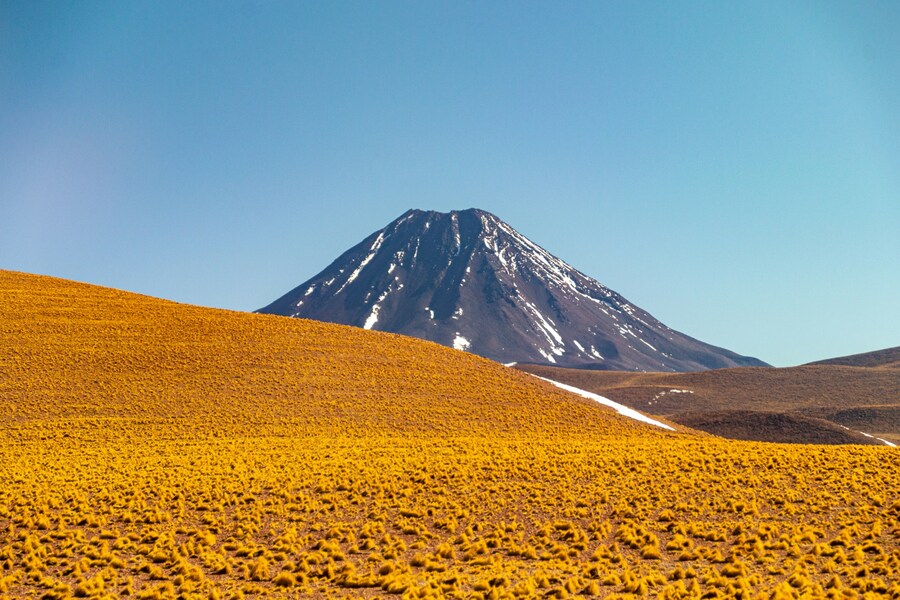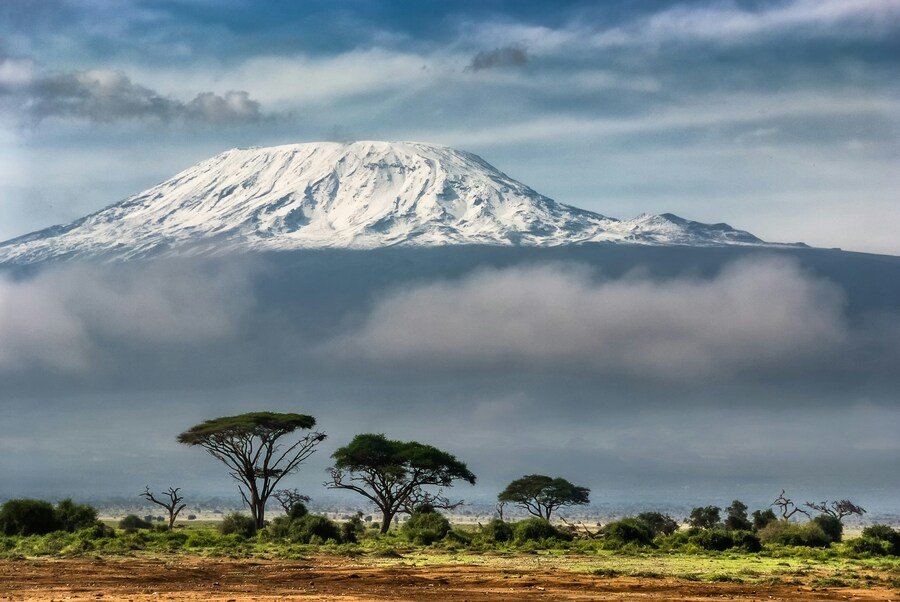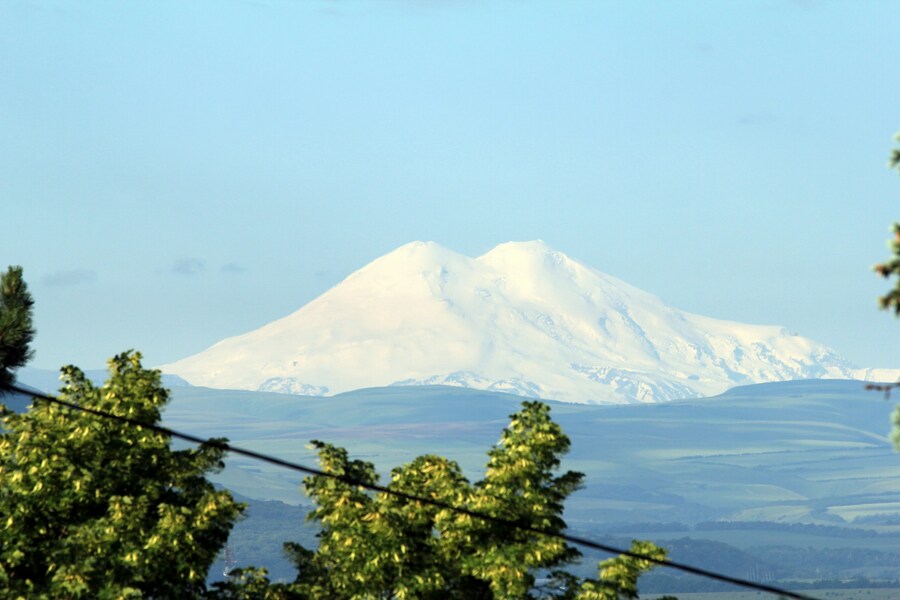The call of the mountain is an ancient, irresistible whisper, urging us to rise above the familiar landscape and experience the world from a vantage point few ever attain. It's a pursuit defined by preparation, patience, and a profound respect for the raw power of nature. Far more than a strenuous hike, summiting one of the world's great peaks is a transformative journey into self-discovery, where physical endurance meets mental fortitude against a backdrop of breathtaking, untamed beauty. For the intrepid traveler seeking not just a destination, but a genuine challenge and an indelible memory, the globe offers a trinity of majestic mountains that stand as true pilgrimage sites for altitude aspirants. These peaks – each a geological masterpiece and cultural landmark – demand meticulous planning, but reward the effort with vistas that redefine the horizon. This travel guide sets the stage for three of the most iconic, yet vastly different, climbing experiences available on Earth, detailing the unique demands and immense satisfaction that await those who choose to ascend their formidable slopes. So, let the ascent begin!
Which global summit demands your ultimate preparation: the technical rock, the free-standing giant, or the European titan?
These chosen summits represent a compelling blend of altitude, accessibility, and unique cultural immersion, making them ideal targets for ambitious trekkers and seasoned mountaineers alike. Preparing for any of these climbs involves a significant logistical undertaking, particularly concerning international travel and the vital transition from sea level to the high-altitude environment. Success hinges not just on physical training, but on managing the travel logistics that often begin long before the first step on the trail.
1. The Andes, Peru
 Source: David Vives/Unsplash
Source: David Vives/Unsplash
The Andes Mountains, the longest continental mountain range in the world, offer a dizzying array of climbing opportunities, but for sheer grandeur, historical significance, and challenging trekking, the peaks of the Peruvian Cordillera Blanca stand unparalleled. This region is a vertical labyrinth of ice and rock, dominated by Huascáran, Peru's highest peak, and surrounded by dozens of 6,000-meter-plus neighbors. Unlike the solitary mass of an isolated volcano, the experience here is one of immersion in a colossal, dynamic system of interconnected valleys and summits.
A typical expedition begins in Huaraz, the vibrant, high-altitude capital of trekking in the region. Huaraz itself sits at roughly 3,052 meters (10,013 feet), instantly presenting the primary obstacle: acclimatization. Before attempting any major climb, trekkers must spend several days completing demanding acclimatization hikes, such as the famous Laguna 69 trek or a multi-day circuit like the Santa Cruz trek. These preparatory excursions are crucial, allowing the body to adjust to the thinner air and, simultaneously, serving as stunning experiences in their own right, winding past turquoise glacial lakes, cascading waterfalls, and ancient Inca trails.
The climbs themselves in the Cordillera Blanca often require technical glacier travel, involving ropes, crampons, and ice axes, even on routes considered "non-technical." Peaks like Nevado Pisco, while less imposing than Huascáran, offer an accessible yet challenging high-altitude mountaineering experience, often serving as a perfect introduction to glacier travel. The commitment here is substantial, typically spanning 10 to 20 days when accounting for travel, acclimatization, and the ascent itself. Logistics require hiring certified guides and support teams – crucially important given the often unpredictable and glaciated terrain.
Beyond the physical challenge, Peru offers a rich cultural tapestry interwoven with the mountains. The Quechua people, the descendants of the Incas, view the towering peaks, or apus, as powerful, living deities. Engaging with local communities and respecting these deep-seated traditions adds an invaluable dimension to the journey, transforming a mere athletic endeavor into a spiritual and cultural pilgrimage. Navigating the logistics from your home country to Lima, and then on to Huaraz, requires advance planning, ensuring all permits and proper equipment rental are secured well before arrival. The reward for this commitment is an unforgettable ascent in the heart of the Inca world, surrounded by some of the most spectacular, jagged mountains the planet has to offer. The dry season, running from May to September, generally provides the most stable weather for climbing this region.
2. Kilimanjaro, Tanzania

Source: Sergey Pesterev/Unsplash
Rising in majestic, isolated splendor from the plains of East Africa, Mount Kilimanjaro isn't merely a mountain; it's a geographic phenomenon. As the highest peak in Africa and the highest free-standing mountain in the world, its snow-capped dome, Kibo, dominates the skyline of Tanzania. The appeal of Kilimanjaro lies in its staggering height, 5,895 meters (19,341 feet), and the fact that, despite its altitude, it's widely considered the world's most accessible high mountain. It requires no technical climbing skill, ropes, or specialized mountaineering gear, making it a "walk-up" summit – albeit a very strenuous one.
The ascent of Kilimanjaro is a journey through five distinct climatic zones, often described as traversing the globe from the equator to the Arctic in a matter of days. The trek begins in lush, verdant rainforest, transitions into moorland, then an alpine desert, followed by a barren arctic zone near the summit. This biological diversity adds immense interest to the climb, with the landscape changing dramatically each day. There are several main routes, including the Machame, Lemosho, and Marangu routes, each offering varying degrees of difficulty and scenic beauty. The Lemosho route is often favored for its gradual ascent profile, which significantly aids in acclimatization – the real key to reaching the summit. Climbers are constantly advised by their guides to practice the mantra, "Pole Pole" (slowly, slowly), recognizing that altitude sickness is the greatest obstacle to success.
Successful planning for Kilimanjaro involves choosing a reputable local outfitter, as Tanzanian law requires all climbers to be accompanied by a licensed guide and porters. This requirement not only ensures safety but also supports the local economy. For international travelers flying into Kilimanjaro International Airport (JRO) to begin their expedition, arranging reliable airport transfers is paramount. This initial step sets the tone for the entire journey. Many adventurers planning their trip find themselves juggling flight times with the necessary logistics of leaving their vehicle secure back home. Utilizing services for long-term parking near airport facilities provides peace of mind. Travelers can check providers like ParkingNearAirports.io, which often offers comprehensive services, including shuttles to and from the terminal, making the transition seamless. It's always wise to secure your spot early through airport parking reservations and look out for parking discounts offered by such third-party booking platforms to minimize pre-trip expenditure. This efficient preparation ensures the focus remains entirely on the climb itself.
The final push to the summit, typically starting near midnight, is an exercise in pure willpower, trudging across scree and snow in the dark to reach Stella Point or the true summit, Uhuru Peak, as the sun rises over the African plains. Standing on the roof of Africa, looking down upon the clouds and the curved horizon, is a moment of profound triumph, a goal accessible to anyone with determination and proper preparation.
3. Mount Elbrus, Russia

Source: Valery Ryazanoff/Unsplash
Mount Elbrus, a majestic, twin-peaked dormant volcano, holds the title of Europe's highest mountain, standing at 5,642 meters (18,510 feet). Located in the Caucasus Mountains of Southern Russia, near the border with Georgia, Elbrus is one of the celebrated "Seven Summits" (the highest peak on each continent), making it a significant target for global mountaineers. While generally considered a non-technical climb, Elbrus presents a formidable challenge due to its brutal weather, extreme cold, and the need for basic snow and ice management skills.
The journey typically begins in the village of Terskol or Azau, situated in the Baksan Valley. A modern chairlift and gondola system provides the first major leg up the mountain, dramatically reducing the initial climbing required and transporting trekkers to the "Garabashi Barrels" or higher hut systems (often around 3,800 to 4,000 meters). These mountain accommodations, while basic, are essential staging posts for acclimatization. The infrastructure, having seen significant modernization in recent years, makes Elbrus logistically more manageable than many comparable high-altitude peaks.
Acclimatization on Elbrus involves several "climb high, sleep low" excursions up the mountain flanks, which are essential for conditioning the body to the altitude and the sub-zero temperatures. Trekkers will typically practice basic skills, such as walking in crampons and self-arresting with an ice axe, as much of the route involves walking on expansive, glaciated snowfields. The use of a snowcat – a tracked vehicle – is common and often utilized by guided groups for the initial ascent from the huts to minimize the walking time on summit day, significantly increasing the chances of success and reducing exposure to the elements.
The summit day on Elbrus is notoriously long and exposed. Climbers often depart around 1:00 AM to ensure they reach the peak and descend before the frequently occurring afternoon storms roll in. The extreme cold, coupled with fierce winds and the altitude, makes this a grueling effort that tests every climber's mental and physical reserve. Unlike the varied landscape of Kilimanjaro, Elbrus is a vast, white world of snow and ice, offering an unparalleled sense of high-mountain wilderness. Successful summiting requires not only excellent physical fitness but also the correct, layered clothing system and an absolute commitment to following the guides' instructions regarding pace and rest. The rewards of reaching the highest point in Europe are immense, offering stunning, expansive views over the Caucasus range, a region rich in history and legendary for its dramatic, untamed peaks. Planning for the trip also involves securing necessary visa and travel permissions for Russia, which must be handled well in advance of departure.
Conclusion
The pursuit of these three iconic mountains – the culturally rich, technical ascents of the Peruvian Andes, the accessible yet demanding altitude of Kilimanjaro, and the cold, high-altitude exposure of Mount Elbrus – represents the pinnacle of mountain travel. Each presents a unique set of challenges: the necessity of navigating glaciated terrain and remote logistics in Peru, the sustained endurance required to conquer Africa's roof, or the battle against extreme cold and weather high in the Caucasus. Success on any of these peaks hinges on preparation, not just in terms of fitness and equipment, but in meticulously managing the logistics of international travel and local guiding requirements. They are not merely physical endeavors; they are tests of planning, discipline, and sheer determination. To stand upon any of these summits is to share a moment with history, culture, and the elemental forces of nature, confirming that the most epic journeys often begin with a single, resolute step toward the sky. The mountains are waiting, and for the prepared traveler, the rewards transcend the physical feat, settling deep within the soul. We wish all intrepid adventurers a safe and truly nice trip on their ascent!






